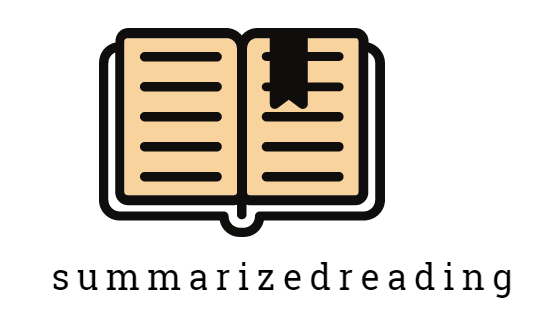Help printing is one of the most seasoned and most conventional shapes of printmaking, with a wealthy history that dates back thousands of a long time. This aesthetic procedure includes carving a picture into a surface, inking the raised parcels, and squeezing them onto paper or texture to form a print. Understanding the materials utilized in help printing is vital for increasing in value the subtleties of this craftsmanship frame. Among the choices listed woodcuts, drypoint, and burin each play a particular part in printmaking, but as it were one is ordinarily related with help prints. This paper will investigate what are relief prints generally made from? a. woodcuts b. drypoint c. burin and will recognize them from other printmaking strategies such as drypoint and the utilization of a burin.
Understanding Relief Printing
Alleviation printing may be a handle where the picture to be printed is carved into a surface, with the raised areas remaining uncarved. Ink is connected to these raised ranges, and after that, the surface is squeezed onto paper or another fabric to make the print. The foremost critical viewpoint of alleviation printing is that the raised surface regions are what make contact with the paper, exchanging the ink and shaping the picture. This method is the inverse of admission printing, where the ink is held within the recessed regions of the plate. Alleviation printing is esteemed for its capacity to deliver striking, realistic pictures with a solid contrast between light and dull regions.
Woodcuts as the Essential Fabric
Among the materials recorded, woodcuts are the conventional and most commonly utilized fabric for making help prints. The method of woodcut printing includes carving a picture into a piece of wood. The craftsman employments blades, gouges, and chisels to evacuate parts of the wood surface, clearing out the plan in alleviation. The raised regions are at that point inked, and the piece is squeezed onto paper to form the print. Woodcuts have been utilized for centuries in different societies, including in Europe amid the Renaissance and in Japan during the Edo period. The strength of wood and its capacity to hold fine subtle elements make it a perfect material for relief printing, permitting craftsmen to deliver numerous duplicates of a single plan.
Recognizing Drypoint and Burin
While woodcuts are the essential fabric for helping prints, drypoint, and burin are related to diverse printmaking methods. Drypoint could be a strategy of intaglio printmaking, where a picture is scratched specifically onto a metal plate, usually copper, employing a sharp needle. The scratches make burrs on the plate that hold ink, which is at that point exchanged for the paper beneath the weight. Drypoint is known for its wealthy, smooth lines and isn't utilized in help printing. The burin, on the other hand, may be an apparatus utilized in etching, another frame of admission printmaking. The burin may be a little, handheld instrument with a sharp, chisel-like point that cuts into the metal plate to form fine lines and complicated plans. Likedrypoint, etching is an admission handle and is not utilized in help printing.
Approach to Taking Care of a Gauth Request
1. Identify the Core Address:
Decide whether the request is approximately establishment, operation, organization, or investigation to shape your response accordingly.
2. Research the Vital Data:
See Gauth’s official documentation and ordinary client issues to supply an intensive and exact reply.
3. Draft the Response:
Structure your answer coherently, with clear steps that specifically address the request.
4. Review and Fine-Tune:
Guarantee the exactness of your data and refine the reaction for clarity and conciseness, making it simple to get it.

Conclusion
In conclusion, alleviation prints are by and large made from woodcuts, a conventional and flexible fabric that has been utilized for centuries in the creation of printed pictures. Woodcuts are recognized from other printmaking procedures like drypoint and engraving, which use distinctive strategies and materials. The points of interest of woodcuts, including their toughness, ease of utilization, and capacity to produce strong, realistic pictures, have made them a staple within the history of printmaking. Understanding the part of woodcuts in helping printing not as it were highlights the technical aspects of the method but also underscores the cultural and chronicled importance of this craftsmanship frame.


